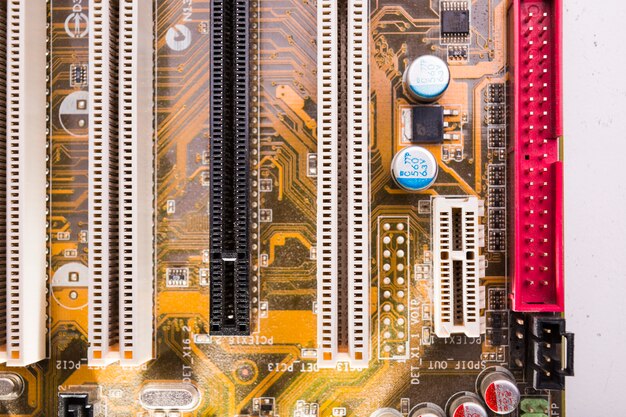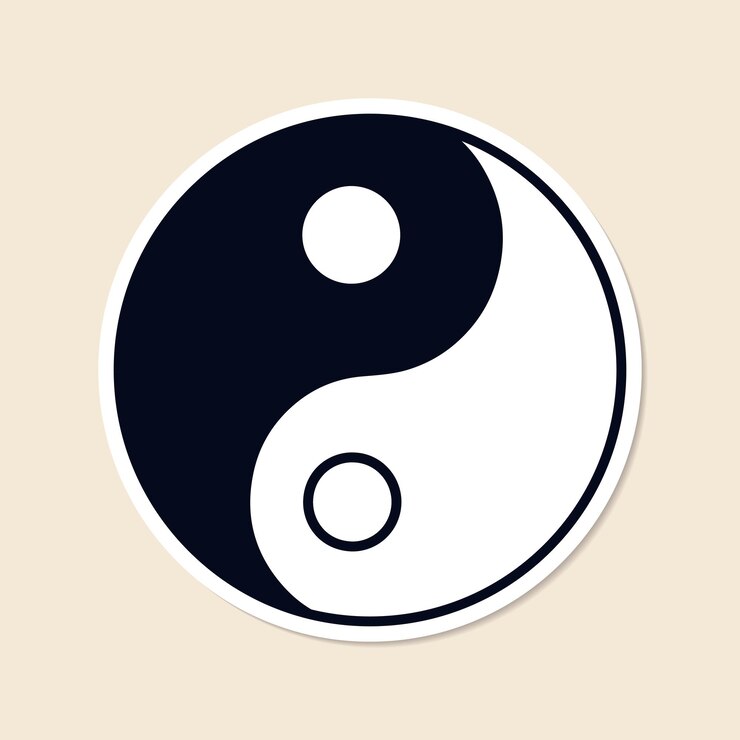Introduction
From fashion and design to wellness and philosophy, the concept of Yin and Yang appears everywhere. But what exactly does this mysterious symbol mean? More than just a black-and-white icon, Yin and Yang represents the core principle of balance and duality that governs everything in existence.
In this article, we’ll explore the origin, meaning, and modern relevance of Yin and Yang—and how understanding this ancient idea can help us live more harmoniously.
What is Yin and Yang?
Yin and Yang is a fundamental concept in Chinese philosophy that describes how opposite or contrary forces are actually interconnected, complementary, and interdependent. One cannot exist without the other.
Yin symbolizes qualities like darkness, femininity, cold, stillness, and inward energy.
Yang represents brightness, masculinity, heat, activity, and outward energy.
Together, they reflect the constant flow of the universe—where everything is dynamic and always shifting between states.
The Origin of Yin and Yang
The philosophy of Yin and Yang traces back over 3,000 years to ancient China, particularly in the I Ching (Book of Changes) and later Taoist and Confucian texts.
Taoism, founded by Laozi, teaches that harmony with the Tao (or “the Way”) is achieved by aligning with the balance between Yin and Yang. It’s a principle deeply embedded in traditional Chinese medicine, martial arts, feng shui, and even cuisine.
Symbolism of the Yin-Yang Circle
The iconic Taijitu symbol—a circle split into black (Yin) and white (Yang) halves with a dot of the opposite color in each—perfectly illustrates:
Balance: Neither side dominates permanently.
Interdependence: Each contains a seed of the other.
Cyclical nature: Change is constant. Night turns to day, winter turns to summer, etc.
This reflects how no force in the universe is ever static. Instead, it moves rhythmically, flowing between opposites to maintain equilibrium.
Real-Life Examples of Yin and Yang
Yin and Yang can be observed in countless aspects of daily life:
| Yin (Passive) | Yang (Active) |
| Moon | Sun |
| Night | Day |
| Cold | Heat |
| Rest | Movement |
| Intuition | Logic |
| Water | Fire |
For example, a good life isn’t just about constant activity (Yang); it also requires periods of rest and reflection (Yin).
How Yin and Yang Applies to Your Life
The idea of balance applies across wellness, relationships, decision-making, and personal growth. Here’s how:
1. Health & Wellness
Traditional Chinese Medicine views illness as an imbalance between Yin and Yang. Too much Yang (heat, stress) can lead to burnout. Too much Yin (cold, inactivity) may result in stagnation or depression.
Balancing diet, sleep, activity, and emotions is seen as key to health.
2. Work-Life Harmony
Modern hustle culture emphasizes Yang—constant motion, ambition, and productivity. But true success also requires Yin—rest, restoration, and inner peace.
Creating space for downtime and self-care is not a weakness; it’s wisdom.
3. Relationships
In any relationship, two people bring different energies. Recognizing the balance (or imbalance) of Yin and Yang dynamics can help improve understanding and communication.
Yin and Yang in Modern Culture
This ancient concept continues to influence everything from:
Fashion: Monochrome styles, minimalism, balanced contrast
Interior design: Feng shui uses Yin/Yang to balance spaces
Pop culture: From Star Wars (the Force’s light and dark sides) to Marvel heroes, duality is a recurring theme
Even in psychology, ideas similar to Yin and Yang appear in Carl Jung’s theory of integrating the shadow self—a balance of conscious and unconscious forces.
Misconceptions About Yin and Yang
Many mistakenly see Yin as “bad” and Yang as “good.” In truth, neither is superior. Both are essential, and excess of either leads to imbalance.
Also, Yin and Yang aren’t static personalities. You may have more Yang energy in one setting (like work) and more Yin in another (like parenting or art). It’s the ability to shift that creates harmony.
Final Thoughts
Yin and Yang is more than a pretty symbol. It’s a timeless guide to understanding ourselves and the world around us. In every season, relationship, emotion, and action, there’s a dynamic dance of opposites.
By embracing both our Yin and Yang energies—and knowing when to lean into each—we move toward wholeness and inner balance.
Call to Action
Ready to bring more balance into your life? Start by observing the Yin and Yang within your daily routine. Adjust where needed, and watch harmony unfold.
Whether it’s choosing rest over rush, stillness over stress, or awareness over autopilot, the wisdom of Yin and Yang is always available—waiting to guide you back to center.
Also Read: leahrosevip-where-luxury-meets-bold-style

 Uncategorized2 months ago
Uncategorized2 months ago
 Uncategorized6 months ago
Uncategorized6 months ago
 Uncategorized4 months ago
Uncategorized4 months ago
 Uncategorized4 weeks ago
Uncategorized4 weeks ago










